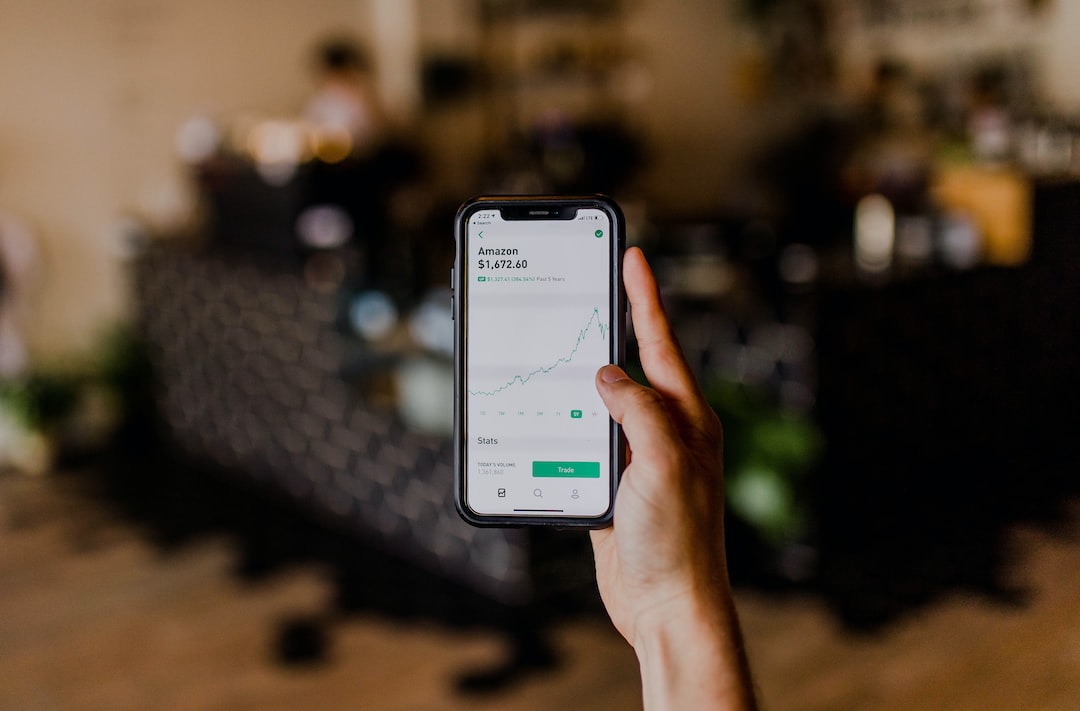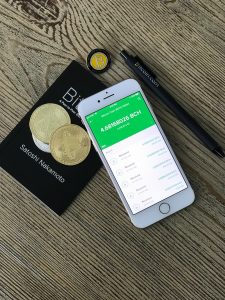Fibonacci arcs are one of the most popular and widely used technical analysis tools in the forex market. They are derived from the Fibonacci sequence, a mathematical sequence that is found in nature and has been used to explain many phenomena in the financial markets. The sequence is a series of numbers in which each number is the sum of the two preceding numbers: 0, 1, 1, 2, 3, 5, 8, 13, 21, 34, 55, 89, 144, and so on.
In the forex market, Fibonacci arcs are used to identify potential support and resistance levels for currency pairs. These levels are drawn using three points on a price chart: the high point, the low point, and the midpoint. The arcs are then drawn based on these points, creating a set of curved lines that represent potential support and resistance levels.
To use Fibonacci arcs in forex trading, traders should follow these steps:
Step 1: Identify the High and Low Points
To use Fibonacci arcs, traders need to identify the high and low points on the price chart. These points should be the highest and lowest prices that the currency pair has reached within a specific period of time, such as a day, a week, a month, or a year.
Step 2: Identify the Midpoint
Once the high and low points have been identified, traders need to find the midpoint between the two points. This is done by drawing a horizontal line across the chart at the halfway point between the high and low points.
Step 3: Draw the Arcs
The next step is to draw the arcs. This is done by drawing three circles that are centered on the midpoint, with the first circle passing through the high point, the second circle passing through the low point, and the third circle passing through the high and low points.
These circles create a set of arcs that represent potential support and resistance levels. The first arc represents the 23.6% Fibonacci level, the second arc represents the 38.2% Fibonacci level, the third arc represents the 50% Fibonacci level, the fourth arc represents the 61.8% Fibonacci level, and the fifth arc represents the 100% Fibonacci level.
Step 4: Interpret the Results
Once the arcs have been drawn, traders can interpret the results to identify potential support and resistance levels. If the price of the currency pair is above the 50% Fibonacci level, this indicates that the market is in an uptrend and that the 50% level is a potential support level. Conversely, if the price is below the 50% Fibonacci level, this indicates that the market is in a downtrend and that the 50% level is a potential resistance level.
Traders can also use the other Fibonacci levels as potential support and resistance levels. For example, the 38.2% level is often used as a potential support level in an uptrend, while the 61.8% level is often used as a potential resistance level in a downtrend.
Conclusion
Fibonacci arcs are a powerful tool for forex traders, providing a visual representation of potential support and resistance levels. By following the steps outlined above, traders can use these arcs to identify key levels in the market, helping them to make more informed trading decisions. As with any technical analysis tool, it is important to use Fibonacci arcs in conjunction with other indicators and analysis techniques to confirm signals and reduce the risk of false signals.





